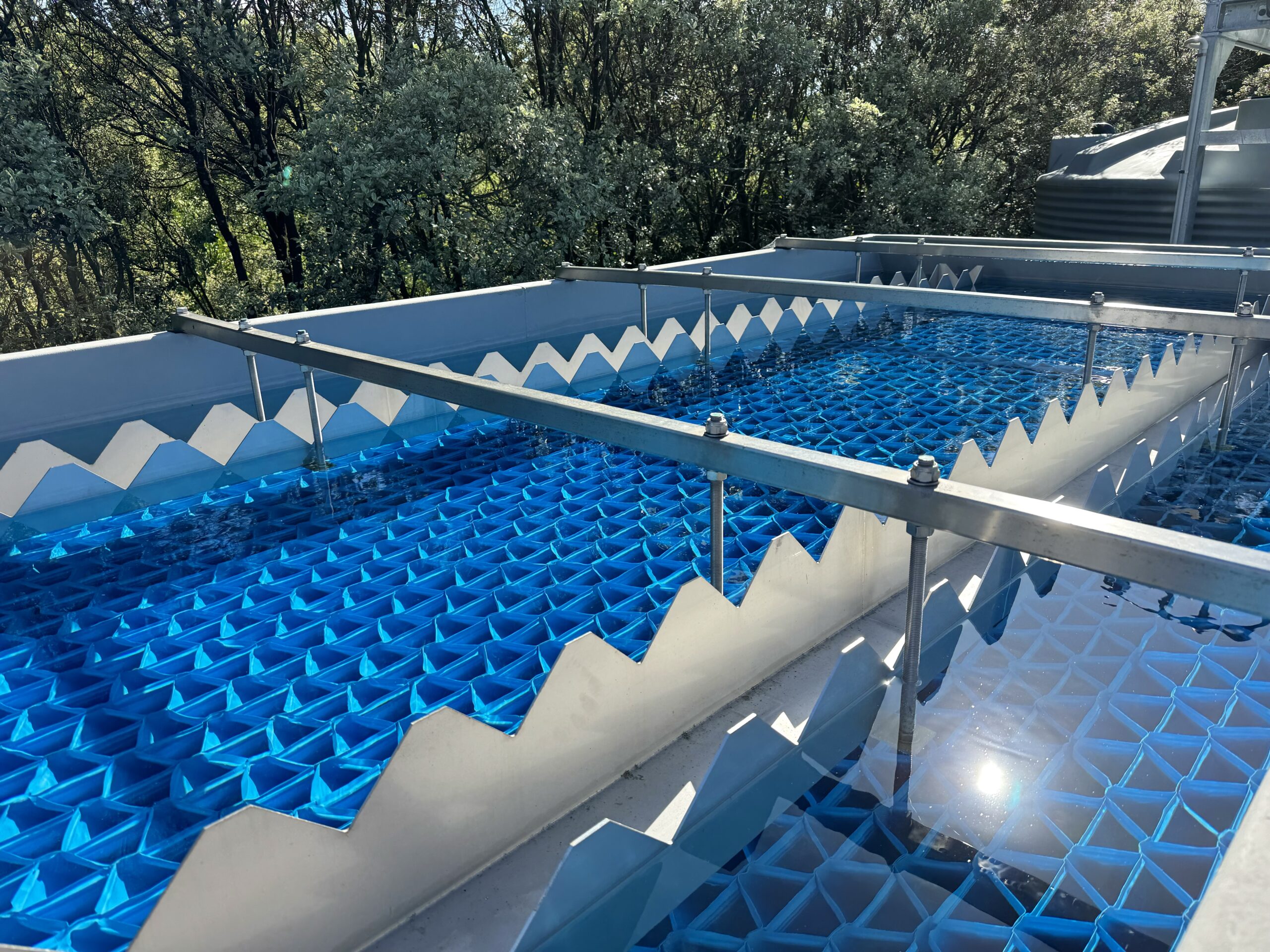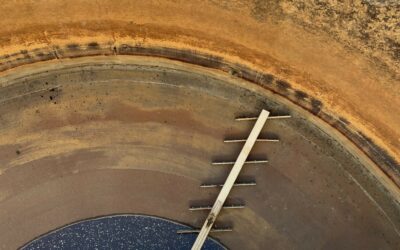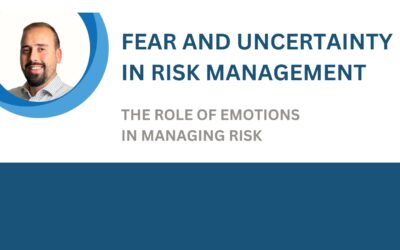And why it isn’t expensive consultants and overpriced contractors.
There is nothing worse than completing a project after months or years of hard work by everyone involved only for a manager to, instead of celebrating, proceed to question every decision made and ask why it all cost so much. Usually with good reason too. Soon the new water treatment plant is labelled gold-plated and deemed a failure that we need to learn from.
I have seen this situation play out across a wide range of projects and teams. It even seems to happen on seemingly successful projects where everyone involved genuinely believed what they were doing was right and did the best they could.
In the aftermath of a project, blame is placed haphazardly on contractors, consultants or individuals close to the project. The resulting reputational damage can cause careers to flounder and businesses to struggle in a way that feels incredibly unjust to the people involved.
Before getting into the why, we must first appreciate that both parties in the example above have valid points. The project team has turned over every stone, carefully considered and managed every risk because that is what they were hired to do.
Meanwhile the manager has to cancel or postpone other projects to stay within budget or ask for more money from unhappy stakeholders. During this process they will face hard questions and even reputational damage if they can’t make a strong case for the high cost. It is at this point that projects can get messy.
So how do we end up here? I believe one of the main reasons is how we value and manage risk during and after a project. In water treatment projects, we pay a premium to mitigate risks. For example, adding a standby pump doesn’t necessarily increase plant capacity, but the risk of equipment failure is mitigated.
When a seemingly simple project has a disproportionately high price tag, the extra cost can usually be traced back to risks and how they are being controlled. I call this the risk premium, which is the additional cost for choosing to mitigate a risk rather than tolerate it. Given the complex interconnected nature of projects, the risk premium is usually approximate rather than specific.
During projects, there are thousands of decisions made with limited time and information by multi-disciplinary teams of people with varying levels of experience. If done well, they will successfully identify and mitigate hundreds, if not thousands of risks throughout the project and water treatment plant’s lifetime. At the time these risks are assessed and mitigated, the risk premium is usually not known, so risk averse engineers, contractors and operators who deeply understand the consequences will naturally prefer to pay the premium.
When we get the quote or final bill, we can now see what the risk premium was. By now it is too late to make changes without spending even more money. This puts the manager in a tricky position. He desperately needs to either save money if possible or justify the expense to the stakeholders.
When faced with a high cost, every risk decision is now re-opened for interpretation, The danger here is that these earlier decisions are usually judged in an informal setting at a much later date with the benefit of hindsight and a strong incentive to lay blame.
The review is unlikely to be thorough and the reasons for decisions a distant memory. Throw in hindsight and you have a perfect recipe for why your project feels gold-plated. Almost any half-remembered answer at this stage is bound to seem foolish in hindsight and any justification unsatisfying.
We are often left feeling like we would have made different choices if only we had known what those choices would cost earlier in the project. Hopefully you can take the risk premium concept and apply it to your next project before it is too late.
To close out this article I’ve put a few tips on how to hopefully minimize the risk of running into this unpleasant situation on future projects.
- Appreciate that a risk event may never actually occur, and we have prepared for a storm that never comes. But we still got what we paid for. We are ready if something goes wrong.
- Present the extra cost as insurance against bigger issues in the future. In water treatment the risks are often sickness and death on a large scale, so it shouldn’t be surprising that the risk premium is high.
- Be nice. When projects go over time or budget and the higher ups are out for blood it is human nature to go into survival mode and try to find someone to blame, but doing this can cause serious harm emotionally and materially. It is rare for anyone to get away unscathed in this situation, so it is better to work together and minimize the damage through understanding and communicating the risks.
- Attempt to quantify the risk premium when evaluating risk. This may require early contractor involvement during design, but understanding the risk premium will better inform the decision-making process and hopefully avoid a high risk premium. Try to understand the cost holistically including equipment, civil, mechanical, electrical, programming, commissioning, operation and maintenance cost where relevant.
- Be wary of risks where the consequence is discomfort. It is human nature to avoid difficult or hard tasks even if it is your job. Also known as nice to haves, these kinds of risks need to have a low risk premium to be worth it.
- Avoid fast-tracking projects, especially where design and construction overlap. In fast-tracked projects time is short and decisions rapidly become irreversible as shovels go into the ground. Having a separate design and construction phase allows for the risk premium to be quantified before construction begins and the big money spent. It may not be enjoyable to revisit a completed design, but the cost of change at this stage is significantly lower than during construction. I could probably write a whole article on the dangers of fast-tracked projects, but the key takeaway for now is that fast-tracking amplifies risks and the associated risk premium.
These are just a few tips and there are many more, please comment below with any you have found to work for you.
About the author: Benjamin Demmer-Knight is a Chemical Engineer with 10 years of experience in water treatment operations and engineering and is the managing director of Water Treatment Engineers NZ.





0 Comments